Alafia River State Park, located in Hillsborough County, is the place to go for hiking, horseback riding, and mountain biking. Alafia River State Park sits on what was once a phosphate mine known as Fort Lonesome. Mining companies donated the 7,733-acre area to the state.
The mining companies changed the landscape and left behind an area with small lakes and steep grades. Alafia boasts elevations high enough to challenge members of the International Mountain Bike Association. Alafia UBC is on-site for bike rentals and repairs.
Spend the night or sleep under the stars at Alafia. Family, equestrian, and primitive campsites are available. Host your family or friends for an outdoor get-together. Rent a pavilion for your next party, reunion, or event.
There are 20 miles of hilly trails waiting to be explored at Alafia River State Park. Hike, horseback ride, or take a leisurely stroll through the forests. Eat your picnic lunch lakeside or under one of the pavilions. Canoe or kayak on the Alafia River. Discover the many birds, wildlife, and plants who call Alafia home.
For more information including what is currently open, click here :
–https://www.floridastateparks.org/Alafia
Photo Credit: Aymee Laurain

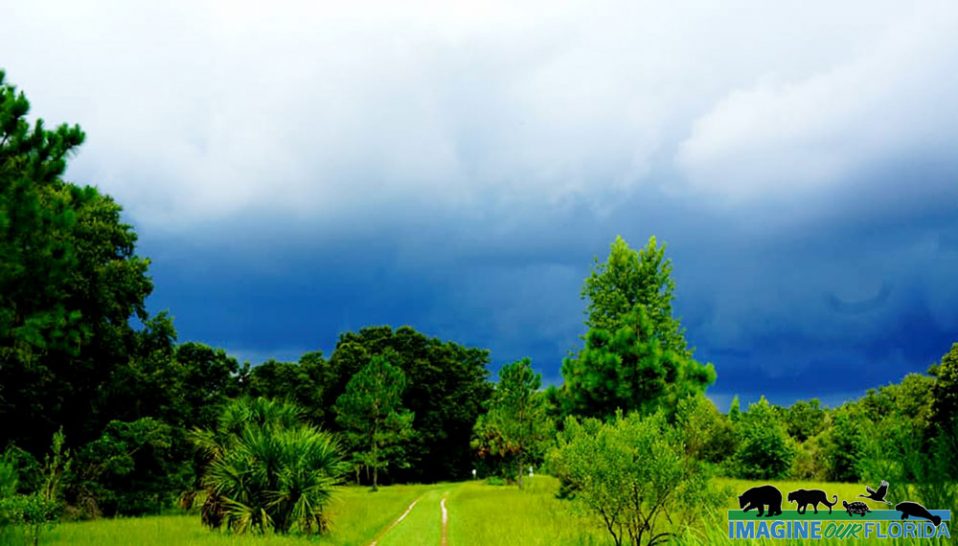





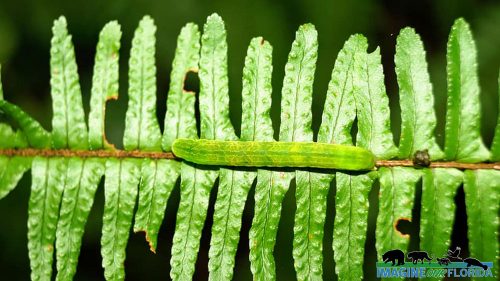

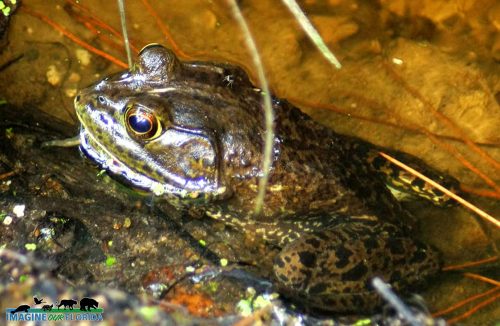














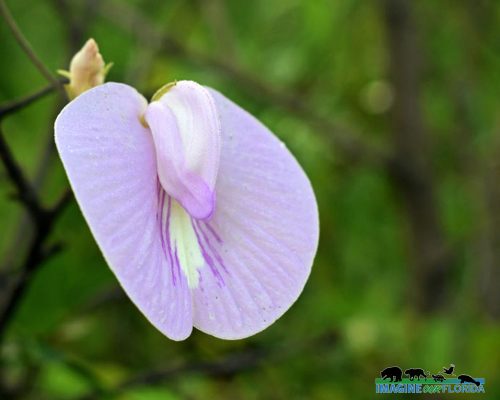






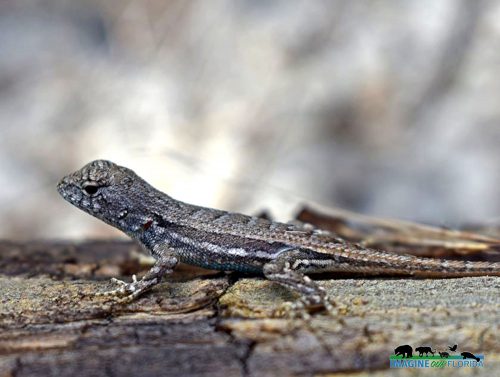






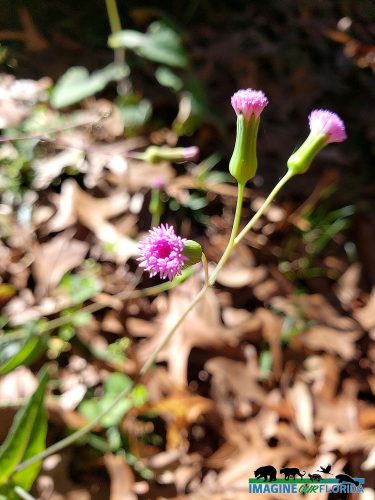











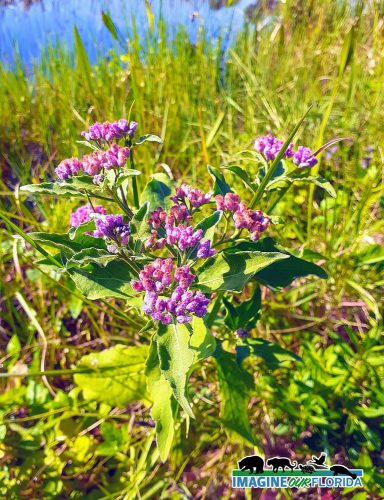









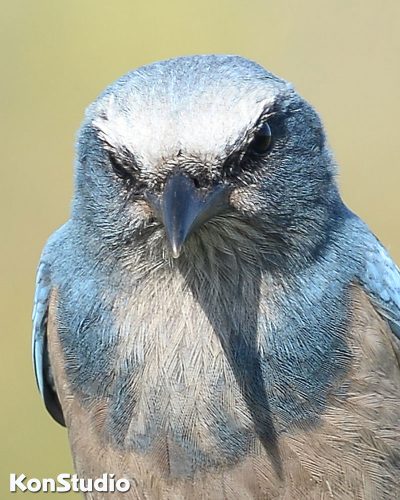





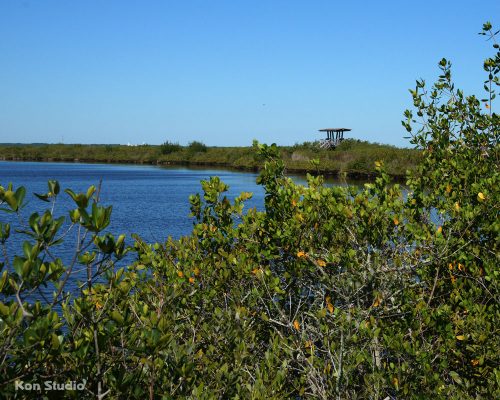








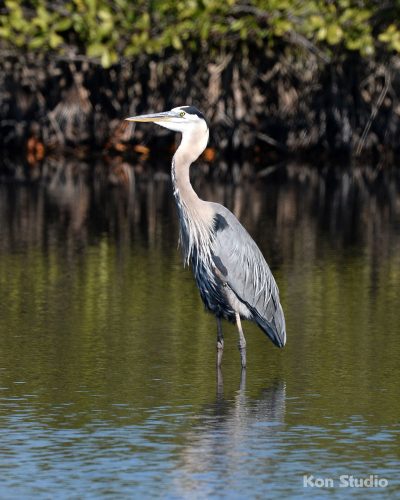






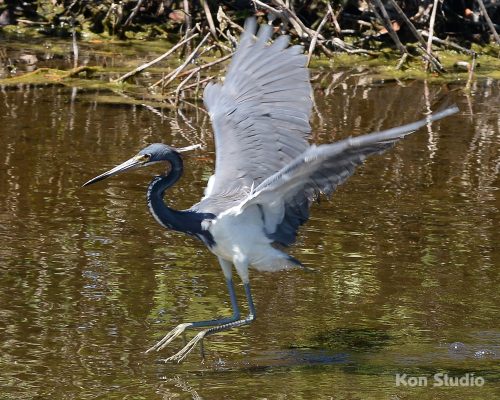

















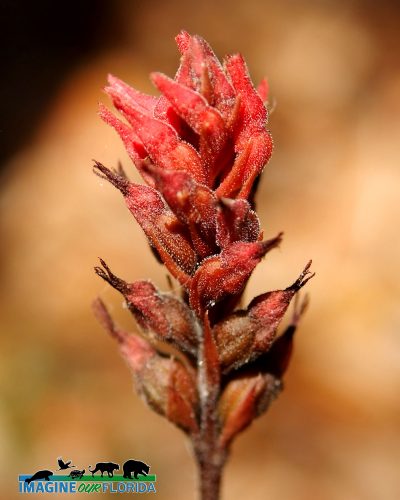






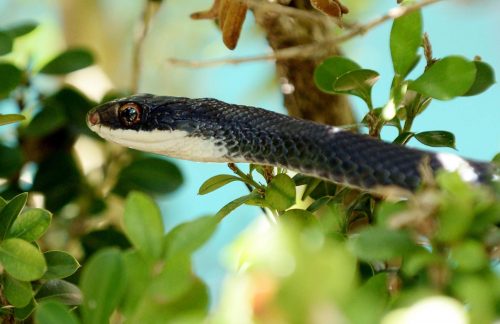

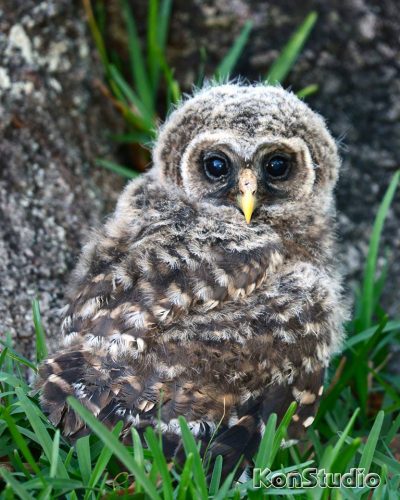









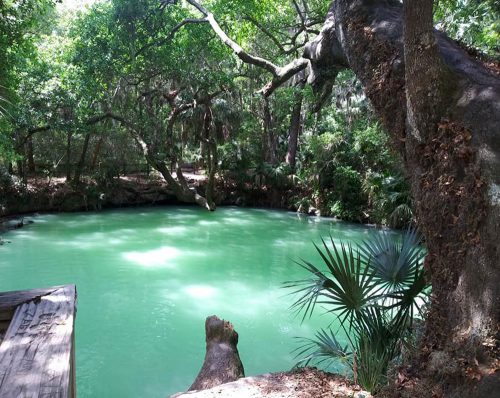





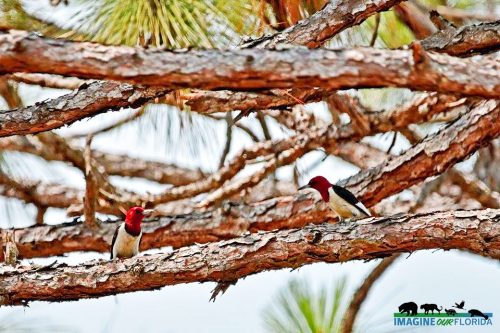



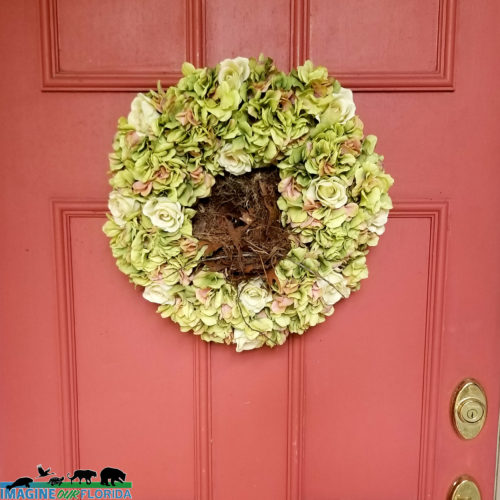



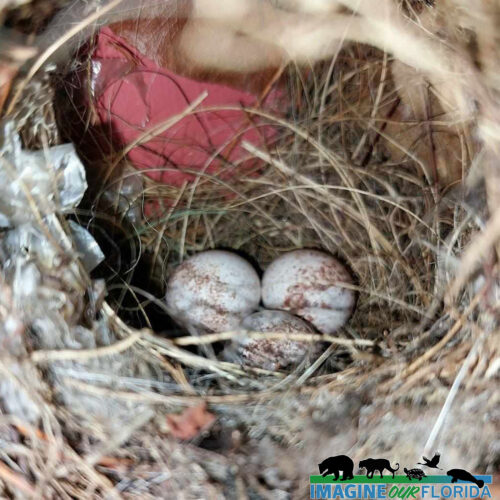


















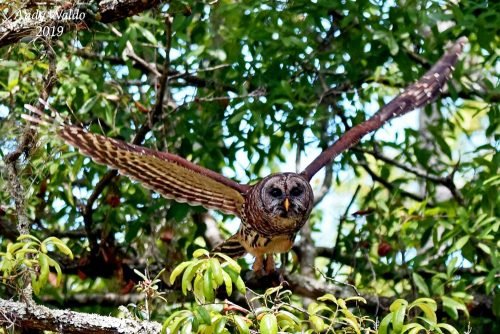





Recent Comments